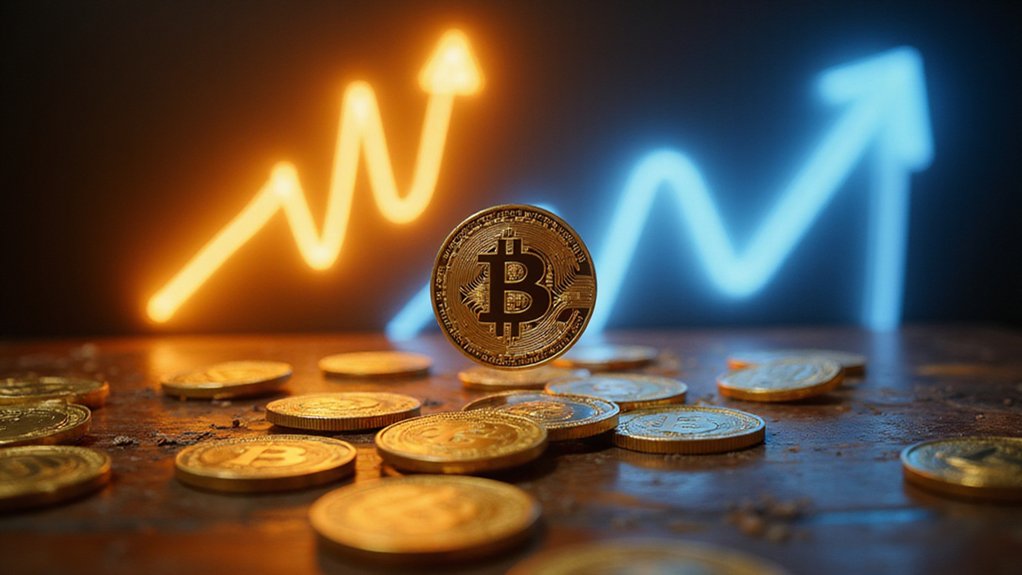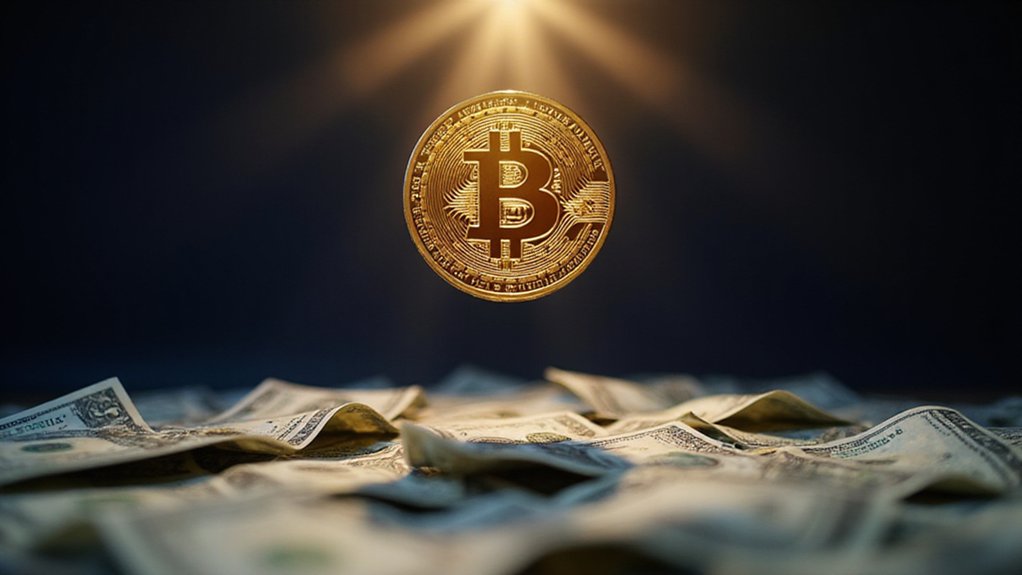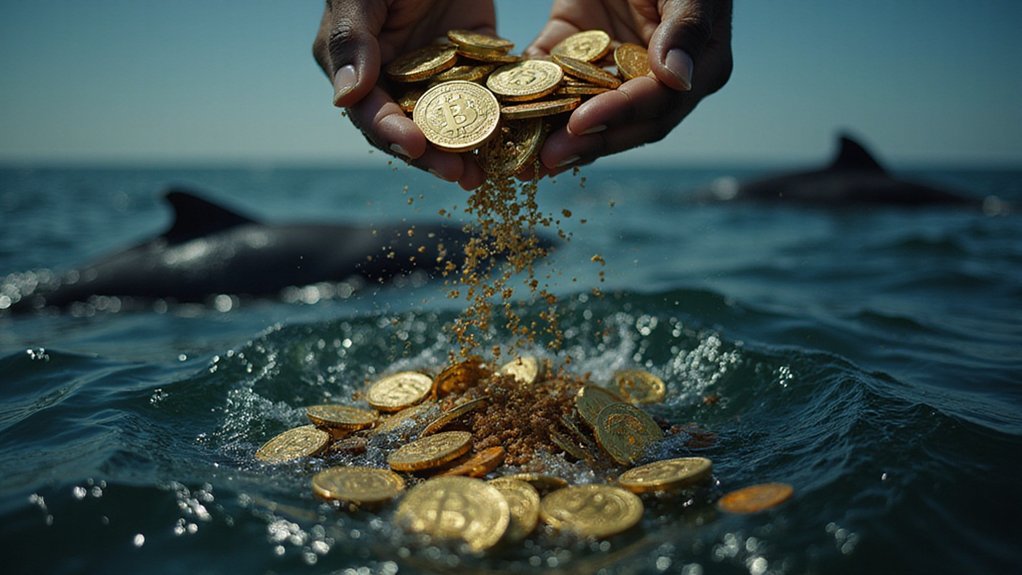Among the 106 million Bitcoin owners worldwide, fewer than one million possess something that has become increasingly rare in the digital age: a complete unit of the asset they’re investing in. This stark reality transforms owning a full Bitcoin into an exclusive club representing merely 0.18% of cryptocurrency holders—a statistical oddity in a space supposedly designed for democratized finance.
The mathematics are unforgiving. With Bitcoin’s hard cap of 21 million coins and over 19.8 million already mined, scarcity was always inevitable. Yet the concentration patterns reveal something more dramatic than simple supply constraints. A mere 1.86% of addresses control 90% of the total supply, while the top 100 addresses hoard over 58% of all Bitcoin. This level of inequality makes traditional wealth distribution look almost egalitarian by comparison.
Bitcoin’s wealth concentration makes traditional inequality look almost egalitarian—1.86% of addresses control 90% of the entire supply.
Consider the institutional absorption currently reshaping ownership dynamics. Bitcoin ETFs alone control over 1.25 million coins (roughly 5.9% of supply), while companies like MicroStrategy have systematically removed hundreds of thousands of Bitcoin from circulation. Meanwhile, Binance’s cold storage holds 248,598 BTC—enough to supply nearly a quarter of all prospective full-coin holders.
The irony is palpable: a decentralized currency increasingly concentrated in centralized entities.
The average Bitcoin holder owns approximately 0.57 BTC, while wallet averages hover around 0.36 BTC—figures that underscore how fractional ownership has become the norm rather than the exception. When Satoshi Nakamoto‘s estimated 750,000 to 1.1 million Bitcoin remains perpetually dormant, the effective supply shrinks further, creating artificial scarcity atop natural limitations. Emerging projects like the Kaanch Network claim to address blockchain scalability issues with multi-chain interoperability, potentially offering alternatives to Bitcoin’s concentrated ownership patterns.
Lost coins compound this dynamic, as early adopters’ forgotten private keys have permanently removed substantial quantities from circulation. The result transforms what should theoretically accommodate 21 million full-coin holders into a landscape where fewer than one million addresses actually achieve this threshold.
Regional adoption patterns reinforce these trends. Asia’s 326 million crypto users mainly hold fractional amounts, suggesting that even in Bitcoin’s most active markets, complete ownership remains elusive. Countries with highest ownership rates like the UAE (27.18%) and Vietnam (20.87%) still reflect predominantly fractional holdings among their crypto-enthusiast populations.
For cryptocurrency enthusiasts in 2025, owning a full Bitcoin represents not just financial commitment, but membership in an increasingly exclusive minority maneuvering a system where fractional participation has quietly become the overwhelming majority experience.









